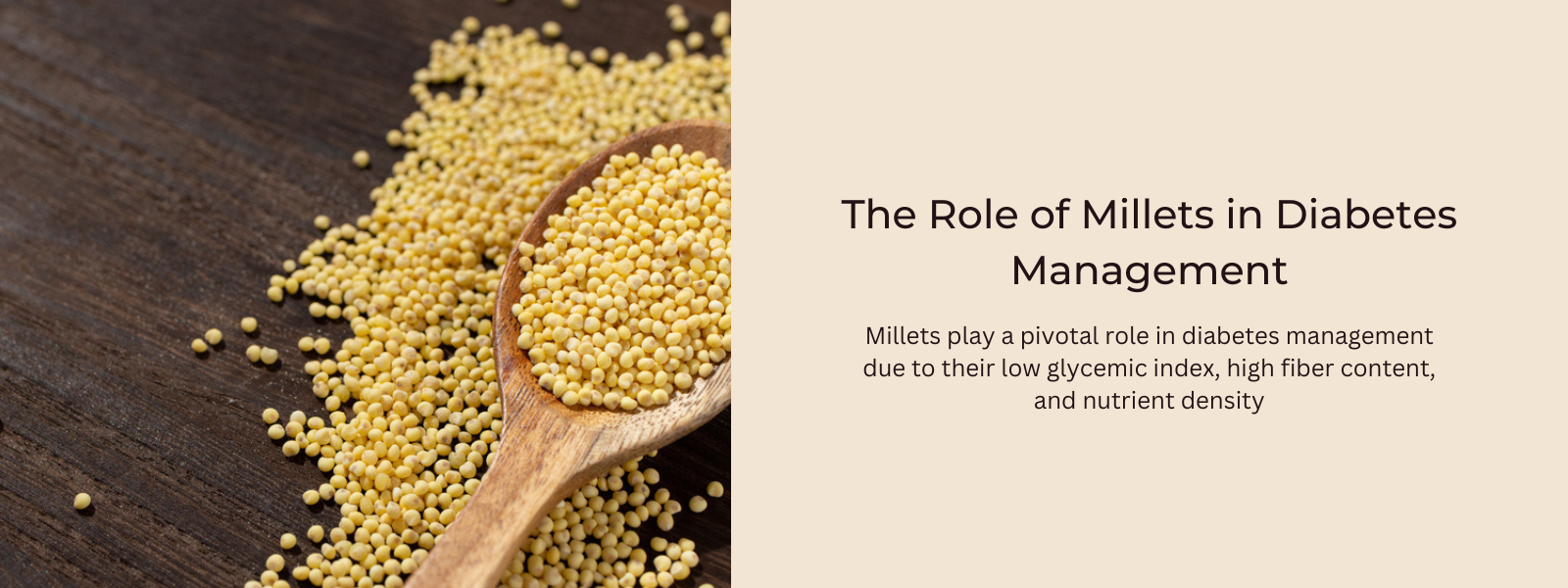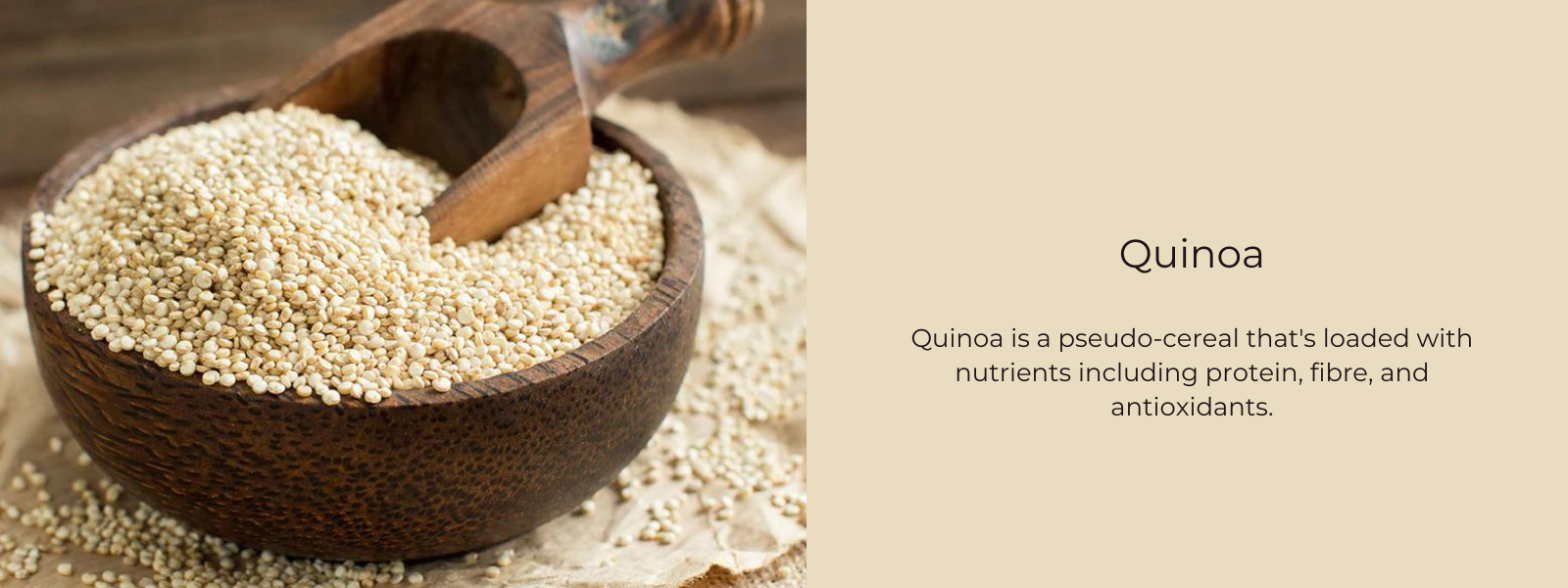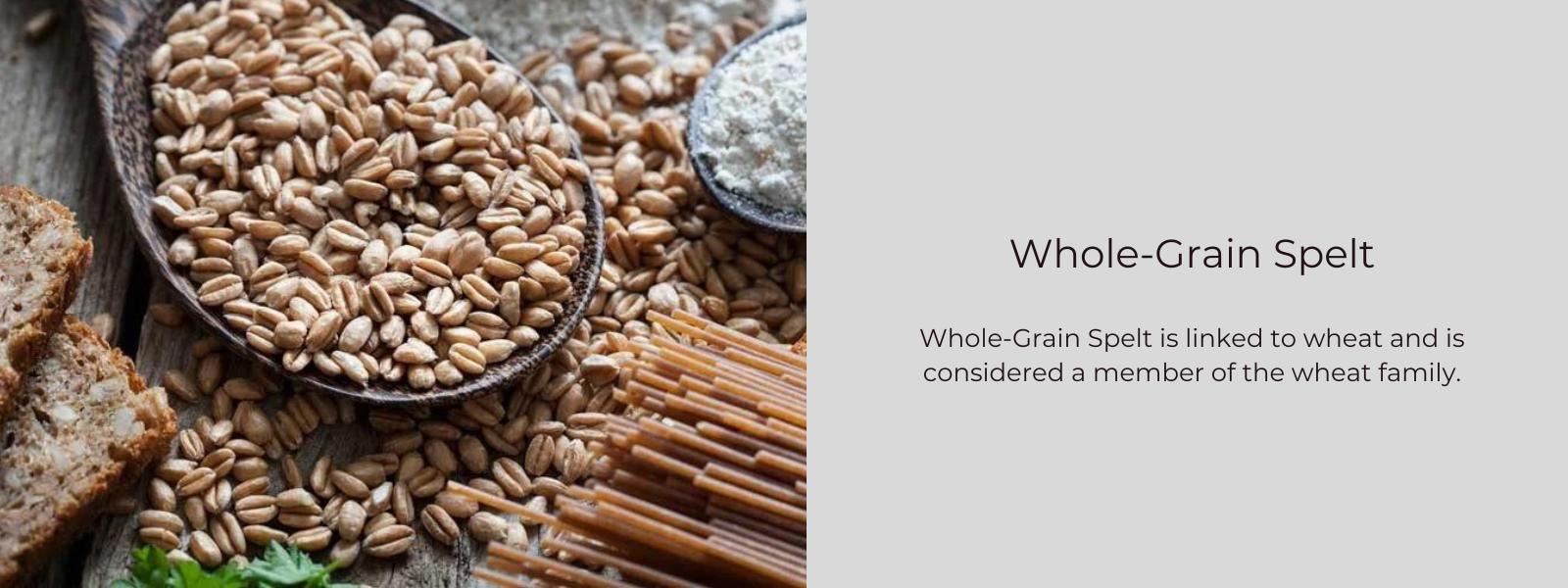Quinoa, dubbed a "superfood," is indeed a low-glycemic index (GI) grain celebrated for its ability to help maintain balanced blood sugar levels. With its low GI, quinoa releases glucose into the bloodstream gradually, preventing sudden spikes and crashes in blood sugar that can be problematic, particularly for individuals with diabetes. Furthermore, quinoa is rich in dietary fiber, especially soluble fiber, which slows down the absorption of glucose, promoting stable blood sugar levels. This soluble fiber also aids in improving insulin sensitivity, a key aspect of diabetes management. Additionally, quinoa is a complete protein, containing all nine essential amino acids, further contributing to its ability to regulate blood sugar and support overall health. Its versatility in cooking makes it a valuable addition to a balanced diet, allowing for a wide range of delicious and nutritious dishes that promote stable blood sugar and overall well-being.
Table of Contents
What Is Quinoa?
Quinoa (pronounced KEEN-wah) is a highly nutritious pseudocereal that is often referred to as a grain due to its similar culinary uses. However, botanically speaking, quinoa is not a true grain but rather a seed harvested from a flowering plant called Chenopodium quinoa, which is related to spinach, beets, and chard. Quinoa has been cultivated for thousands of years in the Andes region of South America, particularly in Peru, Bolivia, and Ecuador, where it has long been prized for its nutritional value and versatility in cooking.
Quinoa seeds are small, round, and flat, with a unique texture and slightly nutty flavor when cooked. They come in several colors, including white, red, black, and tri-color varieties, each with its own subtle differences in taste and texture. Quinoa is naturally gluten-free and is considered a complete protein because it contains all nine essential amino acids that the body needs to obtain from food sources. Additionally, quinoa is rich in dietary fiber, vitamins, minerals, and antioxidants, making it a nutrient-dense addition to any diet.
Quinoa can be cooked and enjoyed in various ways, similar to grains like rice or couscous. It can be used as a base for salads, soups, stews, stir-fries, or breakfast bowls, and it can also be ground into flour for baking purposes. Due to its nutritional profile and versatility, quinoa has gained popularity worldwide as a healthy and sustainable food option for people of all ages and dietary preferences.
Is Quinoa Good For Diabetics?
Yes, quinoa is considered beneficial for individuals with diabetes due to several reasons. First, quinoa has a relatively low glycemic index (GI), meaning it causes a gradual and modest increase in blood sugar levels after consumption, helping to prevent sudden spikes and crashes. Second, quinoa is rich in dietary fiber, particularly soluble fiber, which slows down the absorption of glucose into the bloodstream, promoting more stable blood sugar levels over time. Additionally, quinoa is a complete protein source, containing all nine essential amino acids, which can help regulate blood sugar levels by promoting satiety and reducing the glycemic response to carbohydrate-rich foods when consumed together. Furthermore, quinoa is nutrient-dense, providing essential vitamins, minerals, and antioxidants that support overall health and well-being. Incorporating quinoa into a balanced diet can be a valuable part of diabetes management, but as with any food, portion control and overall dietary balance are important considerations.
Quinoa: The Low-GI Grain for Balanced Blood Sugar
Here's a detailed look at why quinoa is considered a low-glycemic index (GI) grain for supporting blood sugar balance:
- Low Glycemic Index (GI): Quinoa has a relatively low GI compared to other grains, meaning it causes a gradual and modest increase in blood sugar levels after consumption. This slow and steady release of glucose into the bloodstream helps prevent sudden spikes and crashes in blood sugar levels, making quinoa an ideal choice for individuals seeking to manage their blood sugar effectively.
- High Fiber Content: Quinoa is rich in dietary fiber, particularly soluble fiber, which plays a crucial role in regulating blood sugar levels. Soluble fiber forms a gel-like substance in the digestive tract, slowing down the absorption of glucose and promoting more stable blood sugar levels. Additionally, fiber helps promote feelings of fullness and satiety, which can aid in weight management and blood sugar control.
- Complete Protein Source: Quinoa is unique among plant-based foods in that it is considered a complete protein, containing all nine essential amino acids that the body cannot produce on its own. Protein-rich foods like quinoa help regulate blood sugar levels by promoting satiety and reducing the glycemic response to carbohydrate-rich foods when consumed together.
- Rich in Nutrients: Quinoa is packed with essential nutrients, including vitamins, minerals, and antioxidants, which contribute to overall health and well-being. It is particularly rich in magnesium, a mineral that plays a crucial role in glucose metabolism and insulin sensitivity. Additionally, quinoa contains iron, potassium, phosphorus, and various B vitamins, all of which are important for maintaining optimal health.
- Versatility in Cooking: Quinoa is incredibly versatile and can be used in a wide range of dishes, from salads and soups to main courses and even desserts. Its nutty flavor and slightly chewy texture make it a delicious and satisfying addition to meals. Quinoa can be enjoyed as a breakfast porridge, added to salads for extra protein and fiber, or used as a substitute for rice or pasta in various recipes.
Diabetes-Friendly Quinoa Recipes:
Here are some delicious and diabetes-friendly quinoa recipes that can help maintain blood sugar levels:
- Quinoa Salad with Roasted Vegetables:
- Cook quinoa according to package instructions and let it cool.
- Toss cooked quinoa with roasted vegetables such as bell peppers, zucchini, cherry tomatoes, and red onions.
- Drizzle with a vinaigrette made with olive oil, lemon juice, garlic, and herbs like basil or parsley.
- Garnish with crumbled feta cheese or toasted nuts for added flavor and texture. This salad is high in fiber, vitamins, and antioxidants, making it an excellent choice for stabilizing blood sugar levels.
- Quinoa and Black Bean Stuffed Bell Peppers:
- Cut bell peppers in half lengthwise and remove the seeds and membranes.
- Cook quinoa according to package instructions and mix with cooked black beans, diced tomatoes, corn, onions, and spices like cumin and chili powder.
- Stuff each pepper half with the quinoa and black bean mixture and bake in the oven until the peppers are tender.
- Serve the stuffed peppers topped with a dollop of Greek yogurt or salsa for added flavor. This dish is high in fiber, protein, and essential nutrients, making it ideal for maintaining blood sugar levels.
- Quinoa and Vegetable Stir-Fry:
- Cook quinoa according to package instructions and set aside.
- Heat oil in a pan and stir-fry mixed vegetables such as broccoli, bell peppers, carrots, and snap peas until tender-crisp.
- Add cooked quinoa to the pan and toss everything together with soy sauce, garlic, and ginger.
- Serve the quinoa and vegetable stir-fry hot, garnished with chopped green onions or sesame seeds. This dish is high in fiber and low in added sugars, making it suitable for stabilizing blood sugar levels.
- Quinoa Breakfast Bowl:
- Cook quinoa according to package instructions and divide it into serving bowls.
- Top the quinoa with Greek yogurt, fresh berries, sliced almonds, and a drizzle of honey or maple syrup.
- Sprinkle with cinnamon or nutmeg for added flavor and enjoy this nutritious and satisfying breakfast option. This breakfast bowl is high in protein, fiber, and antioxidants, providing long-lasting energy and stable blood sugar levels throughout the morning.
- Quinoa and Lentil Soup:
- Cook quinoa and lentils separately according to package instructions.
- In a large pot, sauté onions, carrots, celery, and garlic until softened.
- Add cooked quinoa, lentils, low-sodium vegetable broth, diced tomatoes, and spices like cumin and turmeric.
- Simmer the soup until the flavors meld together, and serve hot with a sprinkle of fresh parsley or cilantro. This hearty and nutritious soup is high in fiber and protein, making it an excellent choice for maintaining blood sugar levels.











Leave a comment